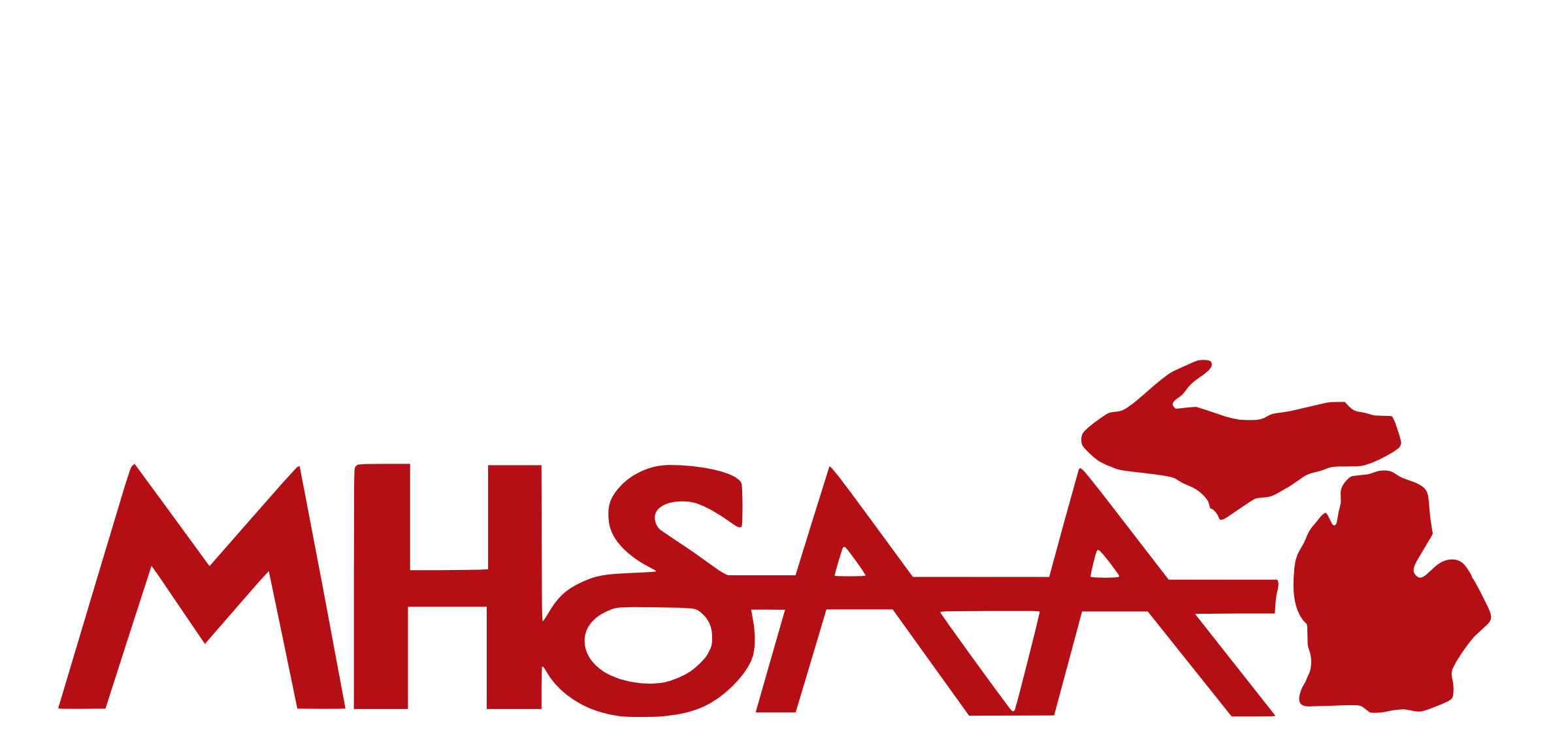
Schools Continue to Manage the Heat
July 16, 2015
By Rob Kaminski
MHSAA benchmarks editor
It certainly was not the MHSAA’s intent to spur the most historically frigid back-to-back winters the state has seen. Nor did the Association wish for one of the mildest summers in recent memory during 2014.
Seemingly, it’s just Mother Nature’s way of reading into MHSAA efforts for managing heat and humidity and acclimatizing student-athletes for warm-weather activities.
Since guidelines were put in place (recommended for regular-season sessions and required for postseason tournaments) before the 2013-14 school year, there have been relatively few days during which psychrometers have had to be implemented.
“The key is, we’ve got plans in place for when the climate returns to normal trends for return-to-school practices and contests in August and September, as well as early June events,” said MHSAA Executive Director Jack Roberts. “It is a bit ironic that there have been relatively few days since the guidelines were established that they’ve actually come into play.”
In a nutshell, the guidelines provide instruction for four ranges of heat index: below 95 degrees; 95-99 degrees; 99-104 degrees, and heat indexes above 104 degrees, with increasing precautions in place as heat indexes rise. An index above 104 calls for all activity to cease.
Certified athletic trainers Gretchen Mohney and James Lioy agree that recent requirements in heat and hydration guidelines are a step in the right direction and encourage that – when possible – an athletic trainer oversee the implementation. Simply taking a reading from just outside the AD’s office or at home does not simulate on-site conditions.
“This doesn’t take into account the radiant heat at the site, which can drastically affect the conditions that athlete plays in. It is essential that all parties involved in making decisions to play collaborate with one another,” Mohney said.
Heat-related deaths in athletics rank only behind cardiac disorders and head and neck injuries, but such fatalities might lead the way in frustration for families and communities of the victims. The reason? Heat-related illness is totally preventable.
Another source of mild frustration is the lack of recording within the state for those practice and game situations which warrant heat protocols.
When the Representative Council was formulating the Heat and Humidity Policy, it was also mindful of ways in which the MHSAA could assist schools in putting the plan into practice. Coaches, athletic directors and trainers needed a method to record information for athletic directors to view and for the MHSAA to track. The MHSAA developed interactive web pages on MHSAA.com which allow registered personnel to record weather conditions as practices and contests are taking place, using psychrometers.
Additionally, discounted Heat and Humidity Monitors and Precision Heat Index Instruments are offered to schools through a partnership between the MHSAA and School Health.
Yet, since the availability of such tools came to fruition two years back, fewer than 1,000 entries have been recorded, and many are multiple entries from the same schools.
Of the 772 entries, only 15 took place when the heat index was in excess of 104, while just 21 indicated an index of greater than 100. Cooler temperatures could be playing a factor in the overall number of participation, particularly in the northern areas of the state.
Nearly all of the responses came during fall practices, with a few isolated cases coming during the spring.
As Mohney pointed out, all resources must be properly used in concert with one another to achieve desired results.
Reminders of the tools available to schools are disseminated throughout the state each summer.

Century of School Sports: Athletic Directors Indispensable to Mission of School Sports
By
Geoff Kimmerly
MHSAA.com senior editor
March 25, 2025
The Michigan High School Athletic Association began its first Bulletin of the 1943-44 school year by reviewing the previous year’s accomplishments as World War II raged on multiple fronts. Eugene B. Elliott, the state’s superintendent of public instruction, addressed “Those in Charge of Athletics in Michigan High Schools” with a challenge and a promise that “… your efforts to provide opportunities for physical development will enable thousands of high school students to take their places in a needy world.”
Students of history know athletics were seen at that time primarily as a way to provide increased physical education and prepare students for a next step into the military. But read again today, with a little different context, Elliott’s words seemingly still apply.
At the high school level alone, the MHSAA counts more than 700 athletic administrators guiding more than 170,000 student-athletes as they learn lessons from their athletic experiences that will help them contribute to the world in any variety of ways once their time in school sports is done.
A century ago, athletic administration still was handled primarily by district superintendents or high school principals. By the 1940s, “athletic director” was a role mentioned much more frequently – superintendents and principals found themselves taking on several other responsibilities, and school sports grew so quickly in participation and popularity that another administrator to lead those extracurriculars became increasingly necessary.
In 1958, the Michigan Association of Physical Education and Athletics was formed, and in 1982 renamed the Michigan Interscholastic Athletic Administrators Association. A close working relationship between the MHSAA and the state’s athletic directors has long been integral to the success of school sports in Michigan, and the MIAAA and MHSAA continue to strive hand-in-hand. The MHSAA has celebrated its 100th anniversary throughout the 2024-25 school year, and a century after its start, the major focus of the organization is providing support – and appreciation – for the work done by administrators at the local level.
Expectations for school sports programs have never been higher, and athletic directors have never been valued more. Current MHSAA Executive Director Mark Uyl writes in this winter’s benchmarks, “I am again reminded of how fortunate we are in Michigan to have so many athletic leaders across our diverse state who truly care about preserving and enhancing school sports for our young men and women.”
And an expectation from the 1977 edition of the textbook “Administration of High School Athletics” – co-written by first fulltime MHSAA executive director Charles E. Forsythe – continues to ring true as well: “Many challenges will confront (the athletic administrator) because of uncertainties that exist today. Meeting these challenges will make (the administrator’s) position in the school an even more important one.”
Previous "Century of School Sports" Spotlights
March 18: 2025 Finals Begin Next Half-Century of Girls Hoops Championships - Read
March 11: Boys Basketball's Best 1st to Earn MHSAA Finals Titles - Read
March 5: Everything We Do Begins with Participation - Read
Feb. 25: Slogans & Logos Remain Unforgettable Parts of MHSAA History - Read
Feb. 19: MHSAA Tickets Continue to Provide Fan-Friendly Value - Read
Feb. 11: We Recognize Those Who Make Our Games Go - Read
Feb. 4: WISL Conference Continues to Inspire Aspiring Leaders - Read
Jan. 28: Michigan's National Impact Begins at NFHS' Start - Read
Jan. 21: Awards Celebrate Well-Rounded Educational Experience - Read
Jan. 14: Predecessors Laid Foundation for MHSAA's Formation - Read
Jan. 9: MHSAA Blazes Trail Into Cyberspace - Read
Dec. 31: State's Storytellers Share Winter Memories - Read
Dec. 17: MHSAA Over Time - Read
Dec. 10: On This Day, December 13, We Will Celebrate - Read
Dec. 3: MHSAA Work Guided by Representative Council - Read
Nov. 26: Finals Provide Future Pros Early Ford Field Glory - Read
Nov. 19: Connection at Heart of Coaches Advancement Program - Read
Nov. 12: Good Sports are Winners Then, Now & Always - Read
Nov. 5: MHSAA's Home Sweet Home - Read
Oct. 29: MHSAA Summits Draw Thousands to Promote Sportsmanship - Read
Oct. 23: Cross Country Finals Among MHSAA's Longest Running - Read
Oct. 15: State's Storytellers Share Fall Memories - Read
Oct. 8: Guided by 4 S's of Educational Athletics - Read
Oct. 1: Michigan Sends 10 to National Hall of Fame - Read
Sept. 25: MHSAA Record Books Filled with 1000s of Achievements - Read
Sept. 18: Why Does the MHSAA Have These Rules? - Read
Sept. 10: Special Medals, Patches to Commemorate Special Year - Read
Sept. 4: Fall to Finish with 50th Football Championships - Read
Aug. 28: Let the Celebration Begin - Read
PHOTO Athletic administrators and coaches attend a session during the MIAAA's annual conference earlier this month.

